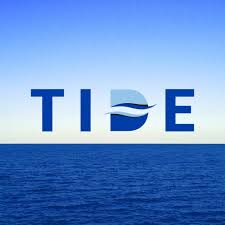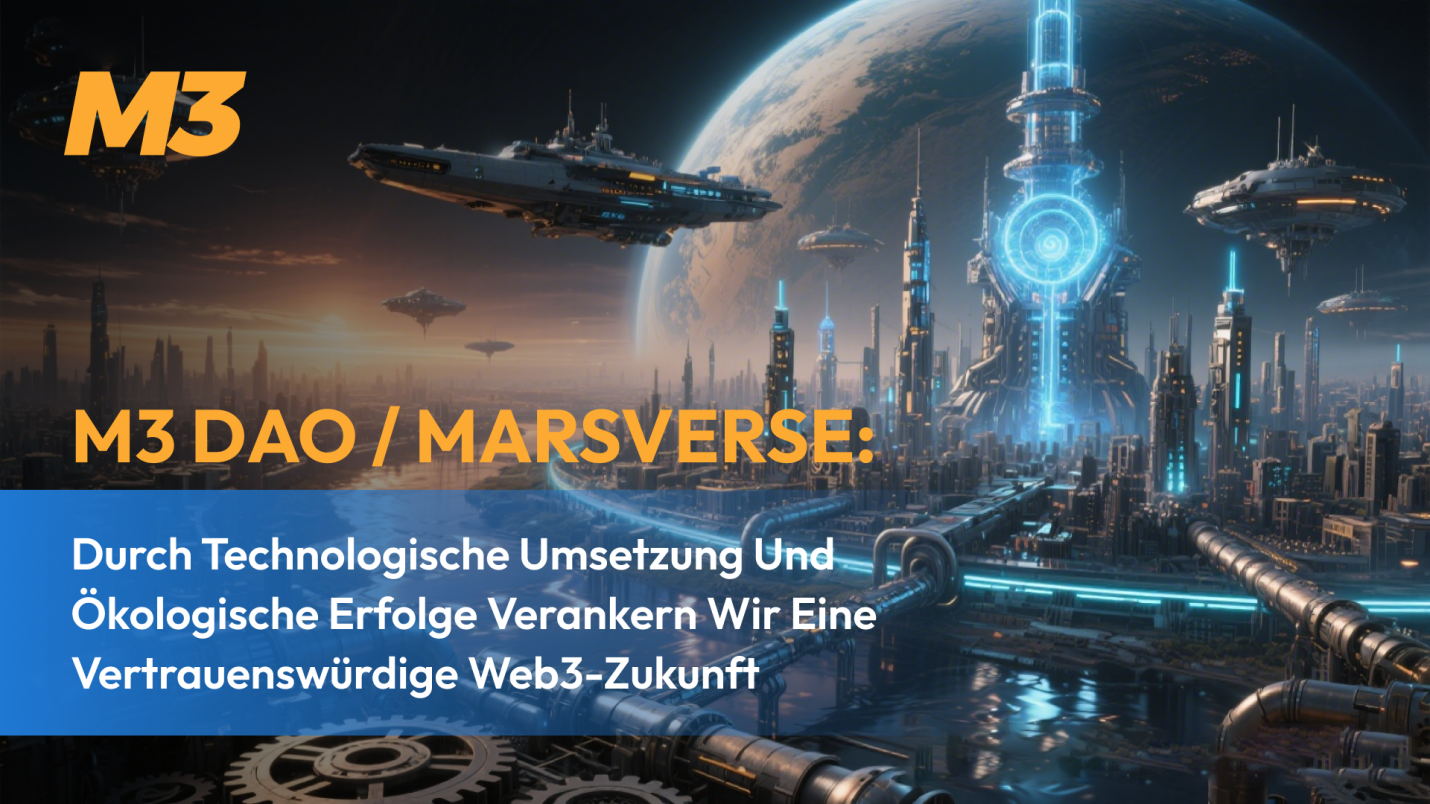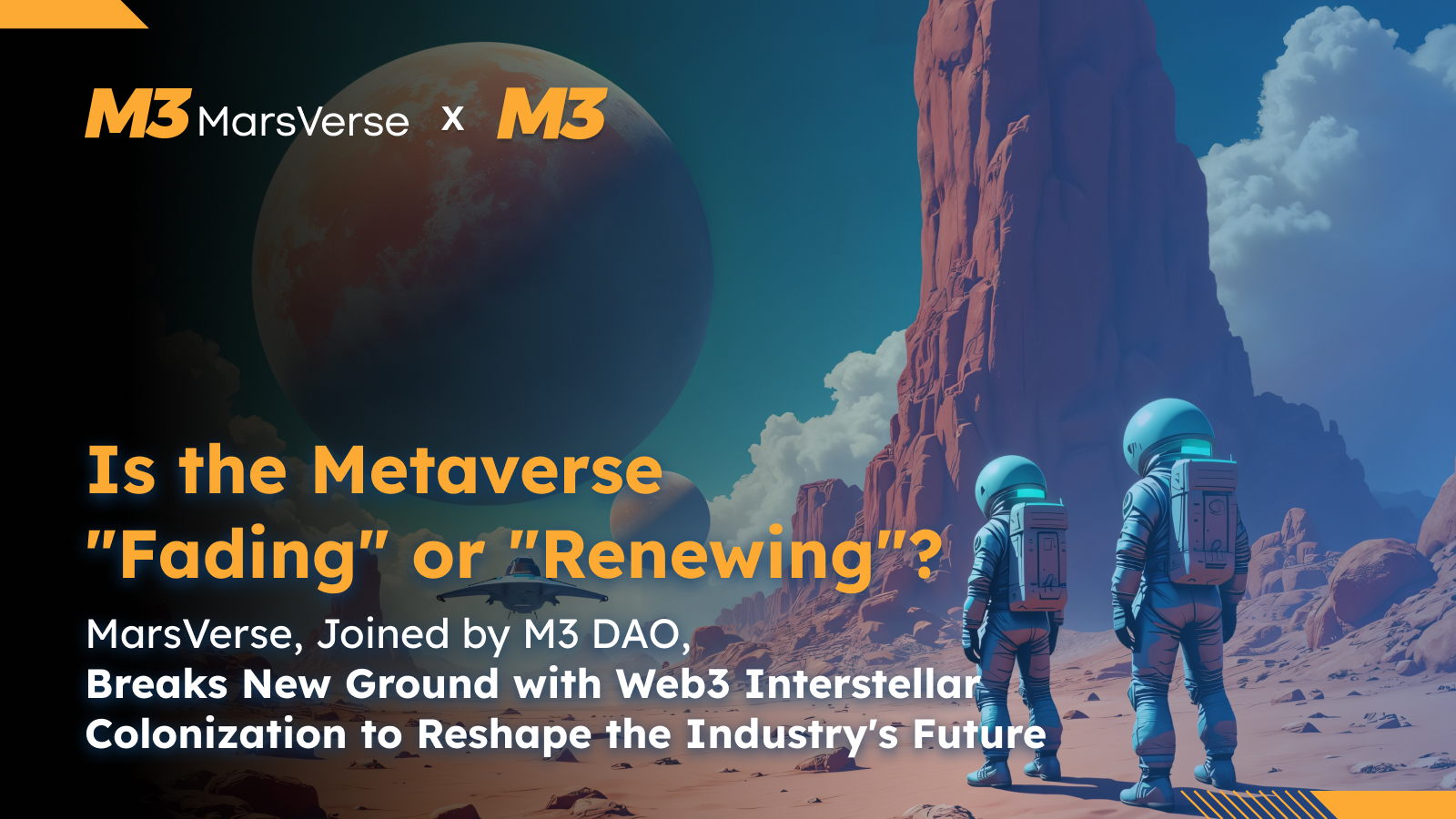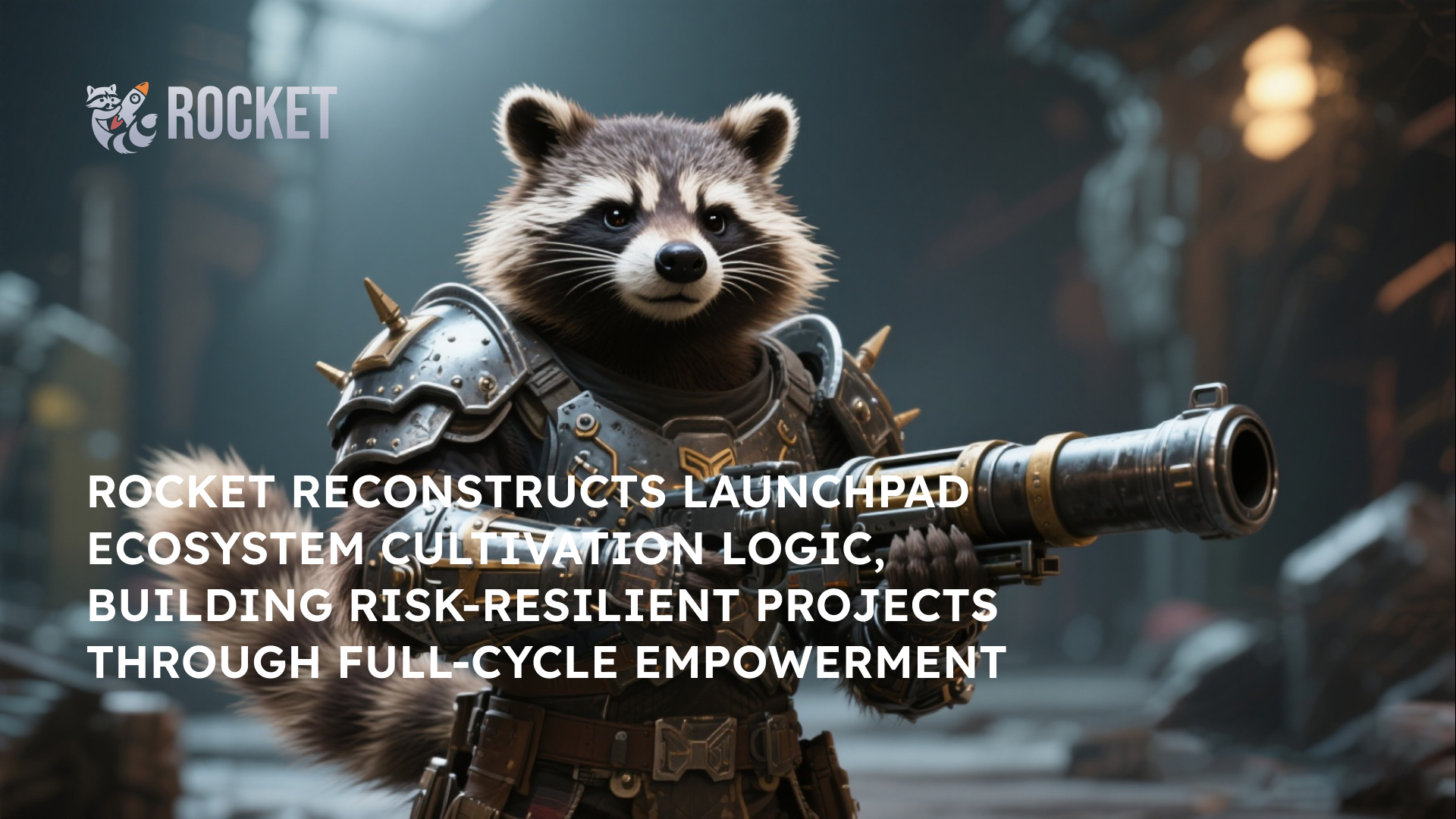Interstellar Metaverse Upgrade: MetaMars & MarsChain Unite to Pioneer a New Era


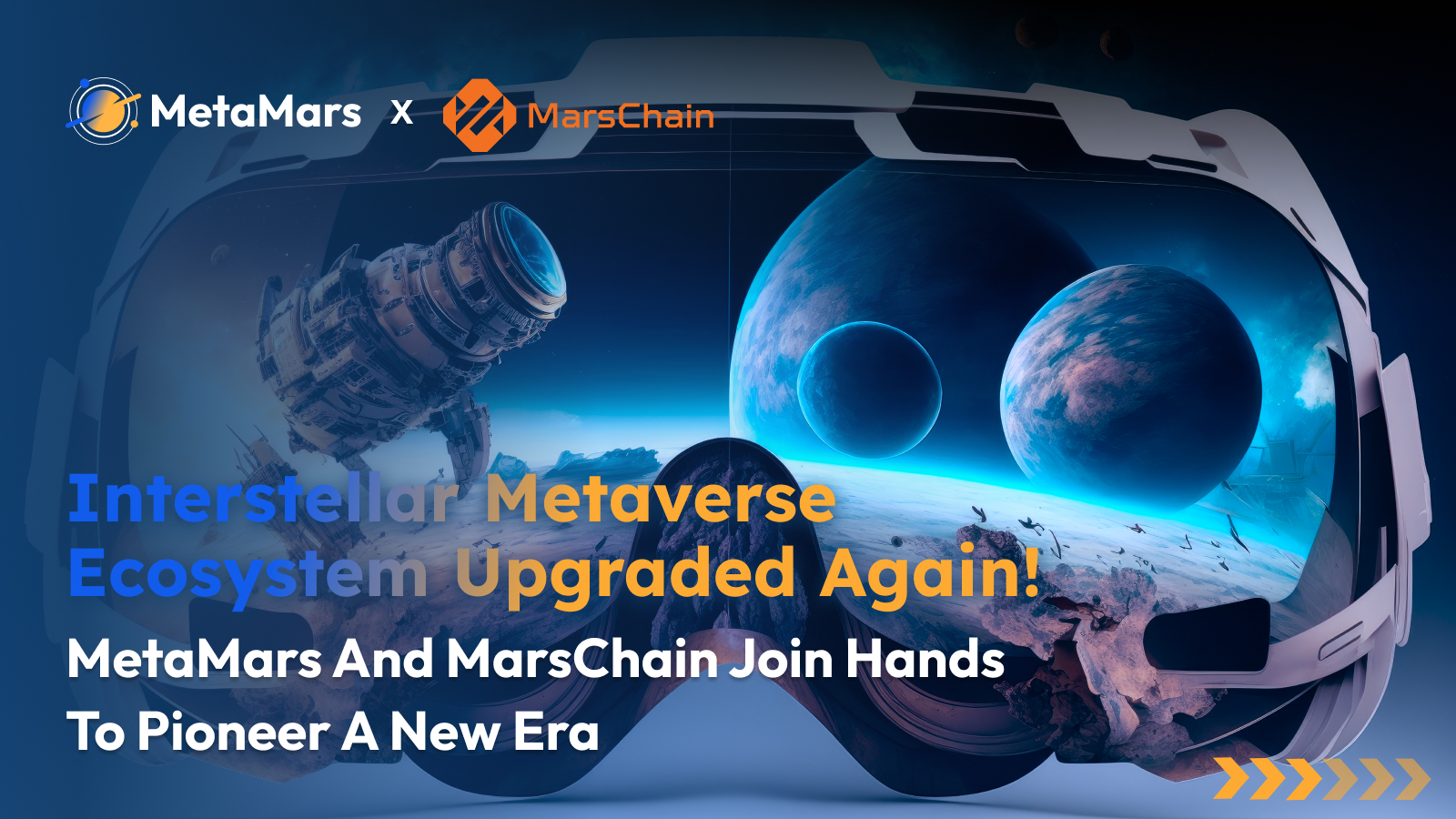
2025 marks a pivotal year for the metaverse, transitioning from "conceptual implementation" to "large-scale expansion" — authoritative institutions predict that the global metaverse market size will exceed 800 billion US dollars this year. At this critical industry juncture, the track integrating Mars-themed elements with Web3 technology has become a core focus. A cooperation set to reshape the landscape of this track is now moving from imagination to reality: MetaMars, a Web3 metaverse platform deeply rooted in Mars themes with a diversified ecosystem, has joined forces with MarsChain, a Layer2 public chain tailor-made for the metaverse with core technological advantages. Together, they are delivering a key answer to the metaverse's development in 2025.
MetaMars has already laid a solid foundation for its ecosystem in advance. By integrating virtual reality, crypto-economy, and social networks, it has built a comprehensive ecosystem covering NFT transactions for virtual land, GameFi gameplay, and "metaverse +" real-world integration initiatives, attracting hundreds of thousands of users worldwide. On the other hand, MarsChain has established a solid technical foundation for the implementation of interstellar scenarios with its high processing efficiency, low transaction costs, and strong cross-chain capabilities, making it well-suited to meet the large-scale application needs of the metaverse in 2025. At this moment, these two "star" platforms are joining forces, leveraging technological synergy and ecological complementarity to break down ecological barriers. Seizing the opportunity of industry expansion, they are driving the interstellar metaverse from "single-platform operation" to "multi-ecosystem interconnection and mutual prosperity," opening up a new path for innovation breakthroughs in the metaverse and the enhancement of user value.
Cooperation Drivers: Mutual Needs in Metaverse Development
(I) MetaMars: Ecological Expansion Spawns New Demands
Since its official launch, MetaMars has achieved remarkable results in ecosystem development: virtual land has successfully realized the full process of transaction, development, and leasing in the form of NFTs; within just three months of the launch of the "Mars Explorer" growth system, the number of community users exceeded tens of thousands; the price of its platform token MARS has surged by over 3,000%; in addition, it has successfully hosted the world's first metaverse music competition and other "metaverse +" cross-border events, effectively connecting users from both Web2 and Web3 fields.
However, as the ecosystem continues to expand, MetaMars is also facing two core demands. On one hand, in terms of technical support, the platform needs to handle scenarios with a large number of concurrent users, such as large-scale virtual events and simultaneous interaction of multi-chain assets. The current technical architecture still has room for optimization in controlling transaction costs and enabling cross-chain data interconnection when dealing with high concurrency. On the other hand, in terms of content scenarios, the existing virtual Mars ecosystem mainly focuses on social interaction and gaming entertainment. Users' demand for more immersive and in-depth content, such as "digital management of interstellar resources" and "cross-platform scenario collaboration," is growing. There is an urgent need to further enrich scenario dimensions to meet users' higher expectations for the interstellar metaverse.
(II) MarsChain: Seeking New Opportunities for Technology Implementation
As a Layer2 public chain, MarsChain's core competitiveness lies in its exclusive technical design tailored for metaverse and Mars-related scenarios: it adopts an advanced technical scaling solution, enabling the dual advantages of high data throughput and low transaction costs, while supporting the development of decentralized applications (DApps), digital asset transactions, and cross-chain data interaction. Moreover, inspired by the concept of Mars colonization, it has built a modular development framework to facilitate developers in creating Mars-themed projects. Currently, its dedicated MarsChain browser has been officially launched, providing users with a convenient entry point to access the on-chain ecosystem and participate in interactions; at the same time, the team is actively developing a cross-chain bridge. These implemented achievements and ongoing efforts together lay a solid foundation for its technological advantages.
At present, MarsChain already has the technical foundation to support the implementation of interstellar scenarios. However, to transform its technological advantages into practical application value, it still needs to rely on a mature metaverse ecosystem. On one hand, it needs to convert the technical concept of "digitalization of interstellar society" into application scenarios that users can directly experience; on the other hand, it needs to verify the stability and practicality of its technology through large-scale user adoption, thereby attracting more developers to join the ecosystem. MetaMars' existing large user base and rich scenario resources precisely provide MarsChain with an ideal "testbed" for technology implementation.
Core of Cooperation: Mutual Empowerment Between Technology and Ecosystem
(I) MarsChain: Solidifying the Technical Foundation for MetaMars
In terms of underlying performance optimization, MarsChain's Layer2 technical architecture will accurately address the technical pain points of MetaMars in high-concurrency scenarios. Whether it is global users participating in large-scale virtual interstellar events simultaneously or multiple users co-creating virtual Mars scenarios in real time, it can significantly reduce system latency and ensure a smooth user experience. At the same time, it will reduce transaction fees for scenarios such as NFT transactions and virtual asset transfers by more than 50%, further stimulating users' transaction enthusiasm and platform vitality.
In the construction of a cross-chain ecosystem, the two parties plan to leverage MarsChain's cross-chain protocol technology to promote asset interconnection between MetaMars and mainstream public chains such as Ethereum and BNB Chain in the near future. At that time, users will be able to directly use multi-chain assets to participate in MetaMars' virtual economic activities, completely breaking the "data silo" phenomenon in the metaverse and building an open and efficient asset circulation system. In terms of scenario content, relying on MarsChain's digital technology for interstellar resources, MetaMars will also add new functions such as the confirmation and circulation of virtual interstellar resources and the on-chain management of core base data, allowing users to gain a richer experience while "playing to earn" and further expanding the scenario value boundary of the interstellar metaverse.
(II) MetaMars: Building an Ecological Stage for MarsChain
In terms of application scenario implementation, MetaMars will integrate MarsC, the core token of MarsChain, into its existing ecosystem. MarsC will serve as a cross-chain payment tool and a supplementary currency for underlying transaction fees. At the same time, MarsC settlement options will be added to scenarios such as virtual land transactions and GameFi reward distributions. This initiative will enable MarsChain's technological achievements to directly serve hundreds of thousands of active users of MetaMars, accelerating the transformation of technology into practical applications.
In terms of user expansion, MetaMars has already achieved extensive global coverage through mature growth strategies — previously, it launched a systematic KOL promotion plan in collaboration with M3 DAO, expanding from core Asian markets (such as India, Vietnam, and Turkey) to European countries such as Russia and Germany. This not only quickly consolidated the global community node layout but also extended its influence to more than 100 countries and regions, accumulating a large and active user base. This solid user foundation will bring considerable incremental user traffic to MarsChain, accelerating the user reach and implementation of its technical ecosystem.
In the development of the developer ecosystem, MetaMars' creator platform will leverage its scenario and resource advantages to actively guide global developers to build Mars-themed decentralized applications (DApps) based on MarsChain's technical framework. Whether it is immersive interstellar adventure scenarios, virtual Mars scientific research simulation tools, or diversified interstellar social applications, they will further enrich MarsChain's ecological content system, forming a positive cycle of "user attraction — developer co-creation — ecological prosperity."
Future Outlook: Dual-Dimension Efforts to Build a New Interstellar Metaverse Ecosystem, from Cross-Ecological DAO Governance & Incentives to RWA On-Chain Assets
(I) DAO Co-Governance: Building a New Mechanism for Cross-Ecological Collaboration
In the future, if MetaMars and MarsChain achieve in-depth cooperation in the field of DAO governance, it will open up a new path for metaverse governance model innovation. In terms of governance mechanisms, the two parties plan to encourage holders of MetaMars' MARS token and MarsChain's MarsC token to jointly participate in the voting and decision-making of "interstellar metaverse development proposals" — whether MetaMars plans to add new characteristic exploration scenarios or MarsChain advances cross-chain technology optimization, users from both ecosystems can exercise decision-making rights with their held tokens to directly influence the project's development direction. This "cross-ecological co-governance" model can completely break the closed nature of single-platform governance, making the decision-making process more in line with the actual needs of users across the entire ecosystem. It effectively addresses the pain point of "disconnection between decision-making and users" in traditional metaverse governance and promotes the vision of "community co-building an interstellar future" from a concept to a reality.
(II) RWA On-Chain Asset Layout: Opening Up the Value Channel Between Virtual and Real Worlds
In the field of Real-World Assets (RWA), the two parties have defined a clear phased implementation direction: MetaMars will deeply integrate its "metaverse +" real-world integration scenario resources with MarsChain's RWA on-chain technical capabilities. In the early stage, priority will be given to promoting the digital on-chain conversion of rights and interests related to physical commerce, transforming core rights and interests in real-world scenarios into on-chain assets that can be circulated. This will allow users to directly hold and trade these assets through the MetaMars ecosystem. In the later stage, the scope will be gradually expanded to more physical fields, covering diverse types of real-world scenarios, in order to verify the performance stability and scenario adaptability of the Layer2 public chain in the interconnection of "virtual-real" assets. This layout will not only help MarsChain accumulate diversified RWA practical cases and lay the foundation for its subsequent expansion of industry cooperation but also build a bridge for MetaMars users to "link virtual assets with real-world rights and interests." It will enable the interstellar metaverse ecosystem to break through the boundaries of purely virtual experiences and extend to the dimension of real-world value, thereby enhancing the comprehensive competitiveness and long-term user stickiness of both ecosystems.
Conclusion: Two "Stars" Joining Hands to Usher in a New Chapter of Virtual-Real Integration in the Interstellar Metaverse
The cooperation between MetaMars and MarsChain is not a simple superposition of technologies or integration of ecological resources, but a response to the trends of the pivotal year (2025) for the metaverse. It is also an in-depth exploration of the future development direction of the metaverse — promoting the metaverse's transformation from "closed operation" to "open interconnection" and from "purely virtual scenarios" to "virtual-real integration and coexistence." From the perspective of core value, the collaboration between the two parties is also a precise complementarity between technology and ecosystem: the former provides the latter with a "testbed" for technology implementation with its mature Mars-themed ecosystem and global user base; the latter addresses the pain points of the former, such as high concurrency and cross-chain issues, with its Layer2 technical advantages. From the optimization of underlying performance to the co-construction of user and developer ecosystems, and to the future cross-ecological DAO governance and RWA on-chain layout, the two parties have always broken through bottlenecks through "collaboration" and pursued long-term development through "innovation." This not only opens up a channel for "virtual experience-real-world value" in the interstellar metaverse but also is expected to set a cooperation model of "vertical metaverse platform + Layer2 public chain" for the industry. It will drive the metaverse vision of human exploration of interstellar civilization towards a new future of virtual-real integration.

